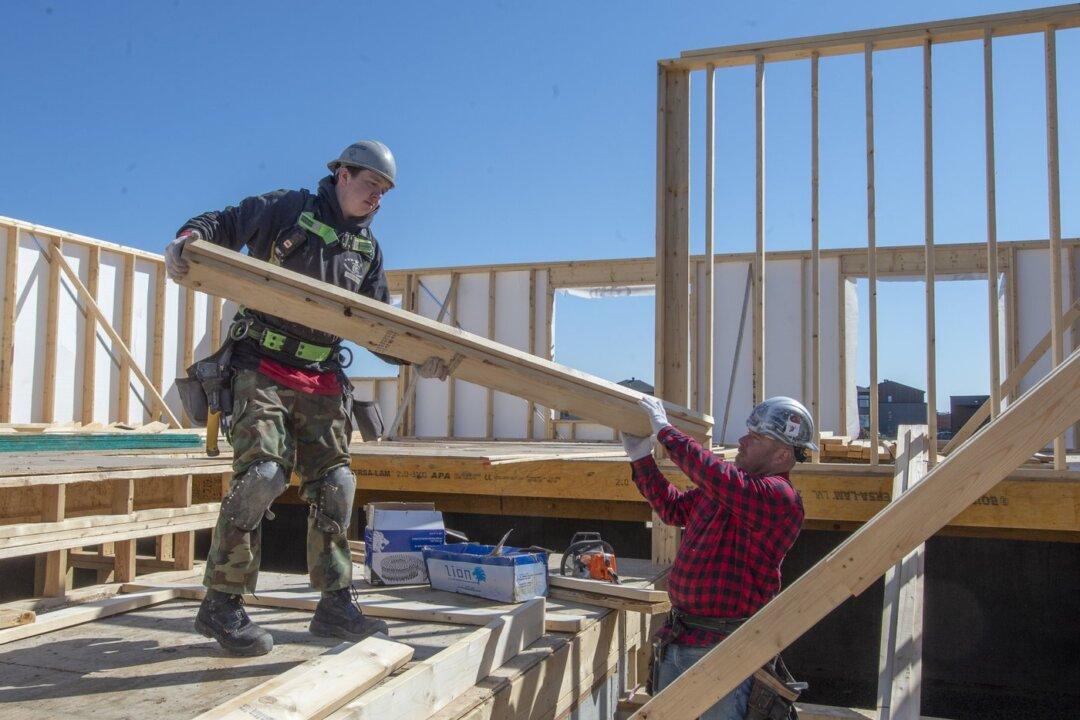The cost of buying a new home dropped slightly in November, according to Statistics Canada.
The national average of a home in Canada dropped 0.2 percent, with the largest decrease being seen in Sherbrooke, Quebec (1.2 percent), St. John’s, Newfoundland (1 percent), and Hamilton, Ontario (1 percent).





